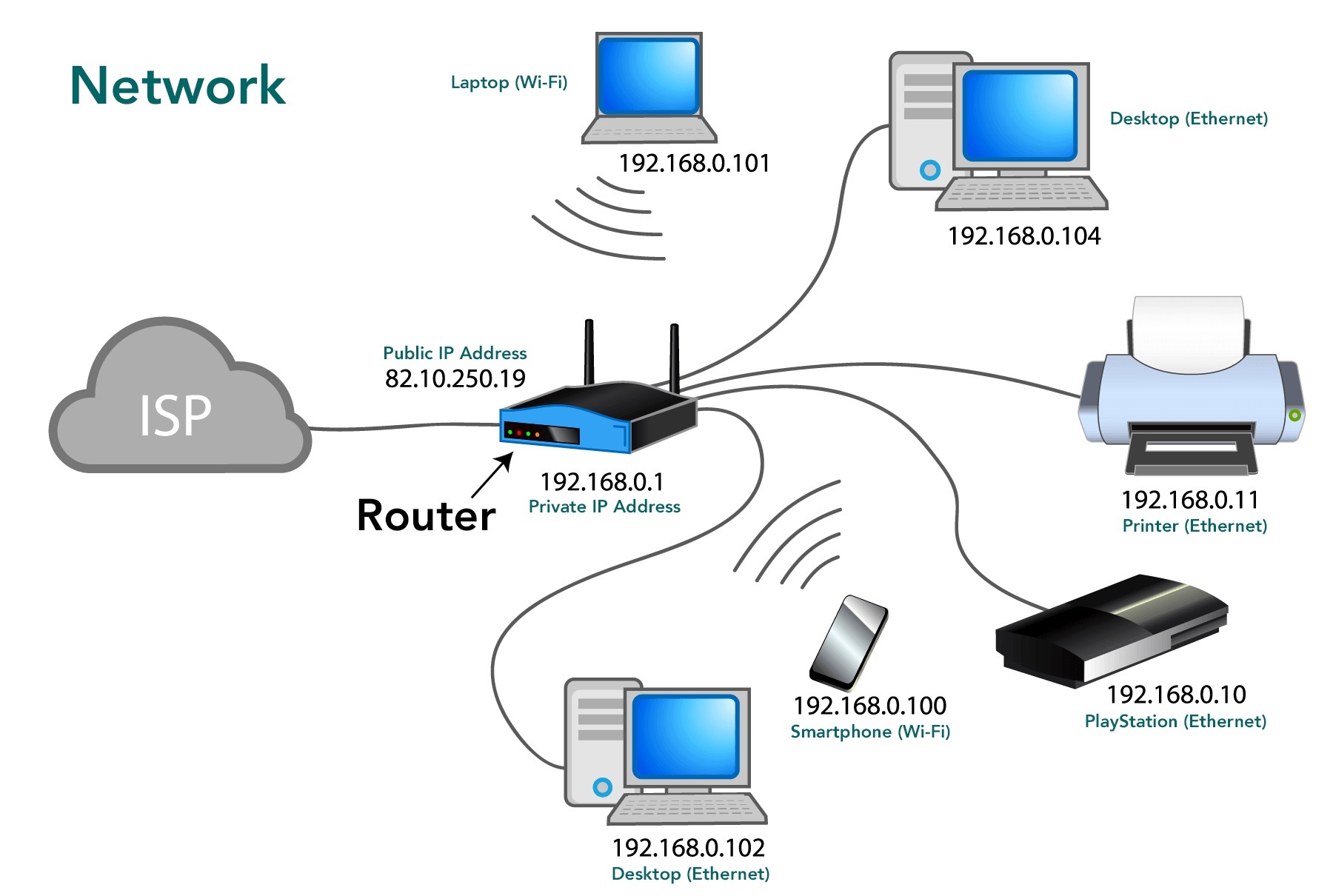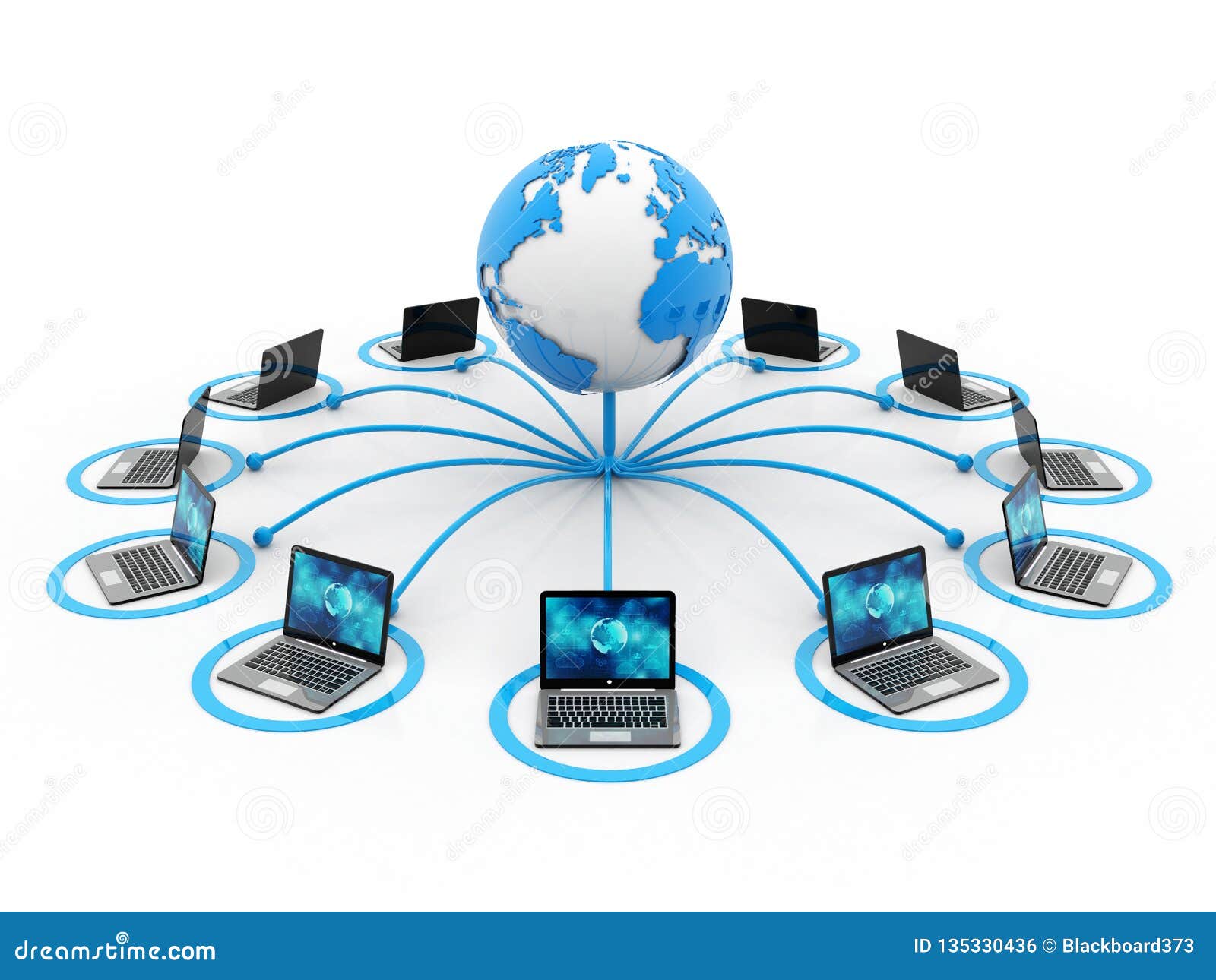In The Network: Understanding The Backbone Of Modern Connectivity
Have you ever wondered how the world stays connected? Well, the secret lies in something we often take for granted – being "in the network." Whether you're streaming your favorite show, sending an email, or just scrolling through social media, networks are the invisible threads that keep everything running smoothly. It's like magic, but way cooler because it's real. So, let's dive deep into what it means to be "in the network" and why it matters more than ever in today's digital age.
Being "in the network" isn't just about having Wi-Fi at home or getting decent cellular coverage. It's about belonging to a vast, interconnected system that powers almost every aspect of our lives. From healthcare to education, business to entertainment, networks are the lifelines of modern society. Without them, we'd be lost in a sea of disconnection.
Now, I know what you're thinking: "Isn't this just tech jargon?" Not exactly. Understanding networks isn't just for IT geeks or tech enthusiasts. It's something everyone should grasp because, let's face it, we're all part of this massive digital ecosystem. So, buckle up because we're about to explore the ins and outs of what it means to be truly "in the network."
Read also:Kiya And Kyia A Fascinating Look Into Their World
What Does It Mean to Be In the Network?
When we say someone or something is "in the network," we're talking about being connected to a system that facilitates communication, data transfer, and resource sharing. Think of it as a digital highway where information travels at lightning speed. But networks aren't just about technology; they're about relationships, whether it's between devices, people, or even businesses.
Being "in the network" can mean different things depending on the context. For businesses, it could mean having a robust IT infrastructure that supports daily operations. For individuals, it might mean having reliable internet access to stay connected with friends and family. And for governments, it could mean maintaining secure communication channels to ensure national security.
Key Components of a Network
So, what exactly makes up a network? Let's break it down into bite-sized pieces:
- Devices: Computers, smartphones, routers, and servers are the building blocks of any network.
- Connections: These can be wired (like Ethernet cables) or wireless (like Wi-Fi or Bluetooth).
- Protocols: These are the rules that govern how devices communicate with each other. Think of them as the traffic laws of the digital world.
- Security Measures: Firewalls, encryption, and authentication ensure that your data stays safe while traveling through the network.
Without these components working together seamlessly, networks would be chaotic and unreliable. It's like trying to drive on a highway without any lanes or road signs – not a pretty picture.
Why Being In the Network Matters
In today's world, being "in the network" isn't just a luxury; it's a necessity. Networks power everything from online banking to telemedicine, remote work to e-learning. They enable businesses to scale, governments to function, and individuals to thrive in a digital-first economy.
For businesses, being "in the network" means accessing vast pools of data, collaborating with teams across the globe, and reaching customers wherever they are. For individuals, it means staying connected with loved ones, accessing information instantly, and enjoying countless digital services.
Read also:Sawyer Burch The Rising Star Whos Making Waves In The Entertainment World
The Impact on Daily Life
Let's talk about how networks impact our everyday lives. From the moment you wake up and check your phone to the time you stream a movie before bed, networks are working tirelessly in the background. Here are a few examples:
- Smart Homes: Your thermostat, security system, and even your coffee maker are all part of a network that makes your life easier.
- Remote Work: Without reliable networks, working from home would be impossible. Zoom calls, cloud storage, and collaborative tools all rely on being "in the network."
- Entertainment: Streaming services like Netflix, Spotify, and YouTube wouldn't exist without networks to deliver content to your devices.
It's safe to say that networks have become the backbone of modern living. Without them, we'd be stuck in the Stone Age of connectivity.
Types of Networks: Which One Are You In?
Not all networks are created equal. Depending on your needs and circumstances, you might be part of different types of networks. Let's take a closer look at the most common ones:
1. Local Area Network (LAN)
A LAN is a network that connects devices within a limited area, such as a home, office, or school. It's perfect for sharing resources like printers, files, and internet access. Think of it as your personal bubble of connectivity.
2. Wide Area Network (WAN)
A WAN spans a much larger geographic area, connecting multiple LANs. The internet itself is the largest WAN in existence, linking devices all over the world. If LANs are bubbles, WANs are the ocean that connects them.
3. Wireless Networks (Wi-Fi)
Wi-Fi networks allow devices to connect without the need for physical cables. They're incredibly convenient but require proper security measures to prevent unauthorized access. After all, you don't want random strangers piggybacking on your network, right?
Understanding the type of network you're in can help you optimize your connectivity and troubleshoot issues more effectively. It's like knowing which lane to drive in on a highway – it makes everything smoother and more efficient.
Challenges of Being In the Network
While being "in the network" offers countless benefits, it also comes with its fair share of challenges. From security threats to technical glitches, there are several hurdles to overcome when navigating the digital landscape.
Cybersecurity Threats
One of the biggest concerns for anyone "in the network" is cybersecurity. With more devices connected than ever before, the attack surface for hackers has expanded exponentially. Malware, phishing, and ransomware are just a few examples of the threats lurking in the digital shadows.
To protect yourself, it's essential to implement strong security measures. This includes using unique passwords, enabling two-factor authentication, and keeping your software up to date. Think of it as locking your digital doors and windows to keep intruders out.
Technical Issues
Even the most robust networks can experience technical issues from time to time. Whether it's a slow connection, dropped calls, or connectivity problems, these hiccups can be frustrating. The key is to identify the root cause and take corrective action.
For example, if your internet speed is sluggish, you might need to upgrade your plan or reset your router. If your Wi-Fi signal is weak, relocating your router or investing in a range extender could do the trick. It's all about troubleshooting and finding solutions that work for your specific situation.
The Future of Being In the Network
As technology continues to evolve, so does the concept of being "in the network." Emerging trends like 5G, IoT (Internet of Things), and edge computing are set to transform the way we connect and interact with the digital world.
5G: The Next Generation of Connectivity
5G is the latest and greatest in wireless technology, promising lightning-fast speeds and ultra-low latency. This means smoother video calls, faster downloads, and more reliable connections. It's like upgrading from a dirt road to a superhighway in terms of performance.
IoT: The Internet of Things
The IoT refers to the growing network of interconnected devices that communicate with each other without human intervention. From smart refrigerators to self-driving cars, the possibilities are endless. However, as more devices join the network, security and privacy concerns become even more critical.
The future of being "in the network" is bright, but it requires us to adapt and evolve alongside the technology. It's about staying informed, proactive, and prepared for whatever comes next.
How to Optimize Your Network Experience
Being "in the network" isn't just about having access; it's about making the most of your connectivity. Here are a few tips to help you optimize your network experience:
- Invest in Quality Hardware: A good router and reliable devices can make a world of difference in your network performance.
- Secure Your Network: Use strong passwords, enable encryption, and consider setting up a guest network for visitors.
- Monitor Your Usage: Keep an eye on your data consumption and adjust your plan if necessary to avoid overage charges.
- Stay Updated: Regularly update your devices and software to ensure you have the latest features and security patches.
By following these tips, you can ensure that your network experience is smooth, secure, and satisfying. It's like fine-tuning a machine to run at peak efficiency.
Conclusion: Stay Connected, Stay Ahead
Being "in the network" is more than just a phrase; it's a way of life in today's digital world. From powering businesses to connecting individuals, networks are the backbone of modern society. By understanding how networks work, addressing their challenges, and embracing their future, we can make the most of this incredible technology.
So, what's next? Take action by optimizing your network, staying informed about the latest trends, and sharing this article with others who want to learn more. After all, the more people understand the importance of being "in the network," the stronger and more resilient our digital ecosystem becomes. Let's keep the conversation going and build a better-connected world together!
Table of Contents
- What Does It Mean to Be In the Network?
- Key Components of a Network
- Why Being In the Network Matters
- The Impact on Daily Life
- Types of Networks: Which One Are You In?
- Local Area Network (LAN)
- Wide Area Network (WAN)
- Wireless Networks (Wi-Fi)
- Challenges of Being In the Network
- Cybersecurity Threats
- Technical Issues
- The Future of Being In the Network
- 5G: The Next Generation of Connectivity
- IoT: The Internet of Things
- How to Optimize Your Network Experience
- Conclusion: Stay Connected, Stay Ahead
Cafe Frida: A Unique Haven For Art Lovers And Foodies Alike
South Alabama Baseball: The Rising Force In College Sports
Mastering The Art Of Dragon Braids: A Beginner's Guide

Network Definition A network consists of multiple devices that communica

Global Computer Network Stock Photos Royalty Free Images
/GettyImages-730133317-5b2b315dba61770054a1497f.jpg)
Unduhdok Network Types of network protocols and their uses